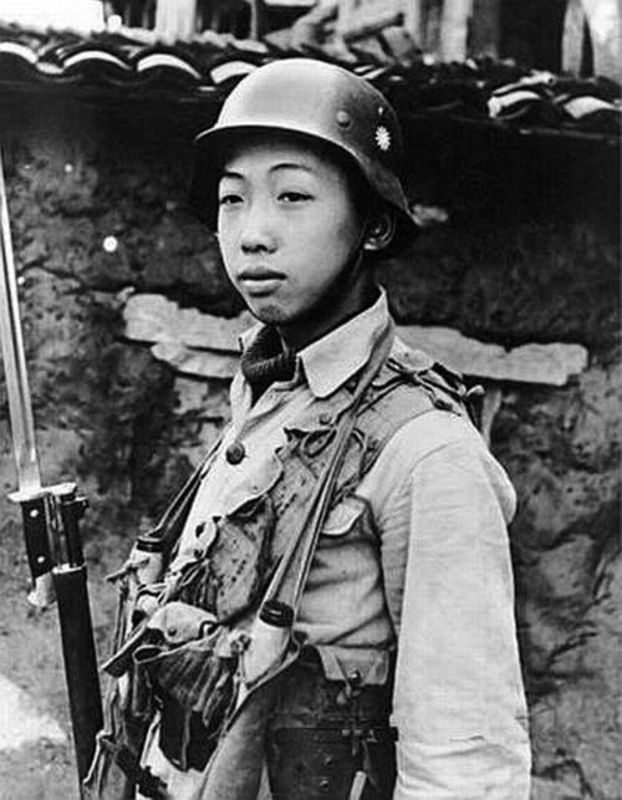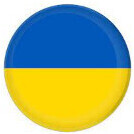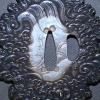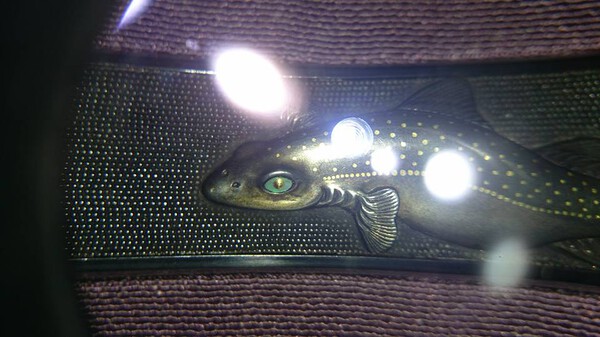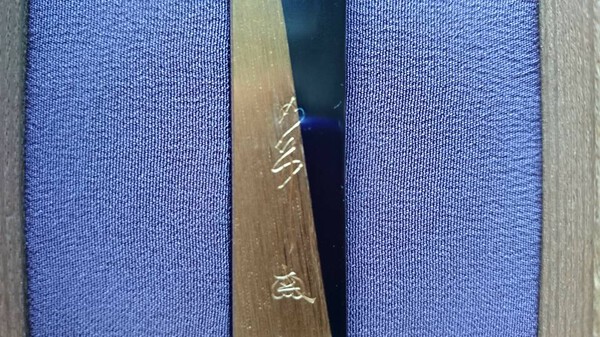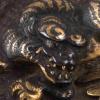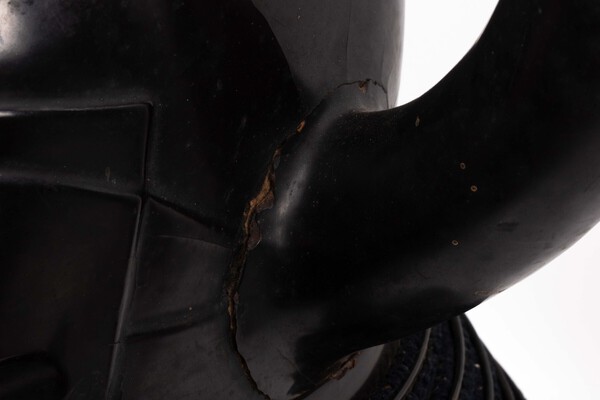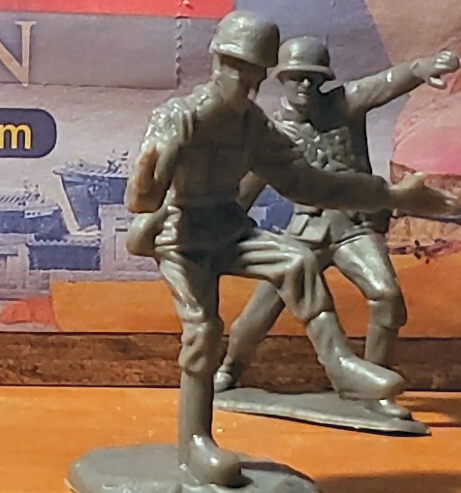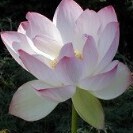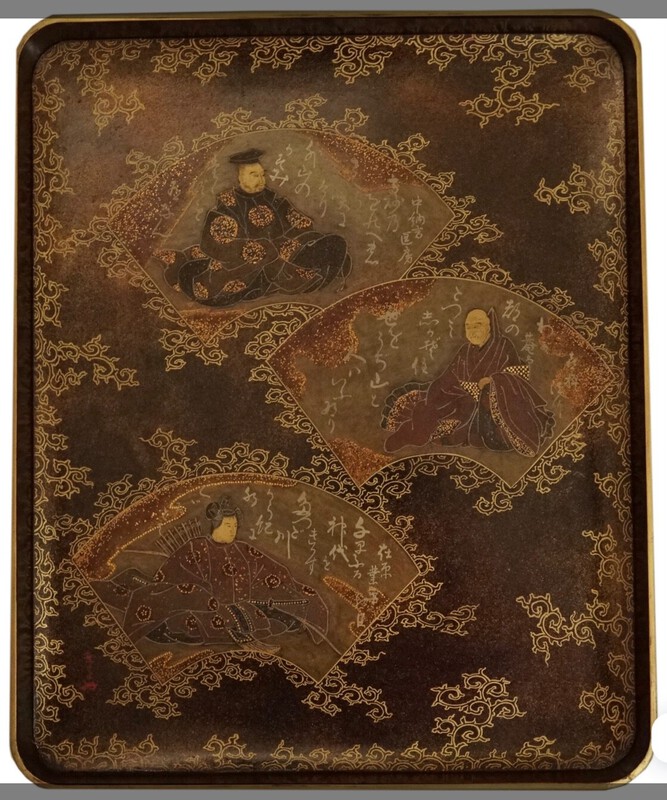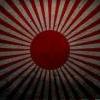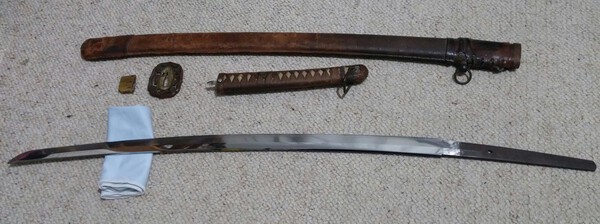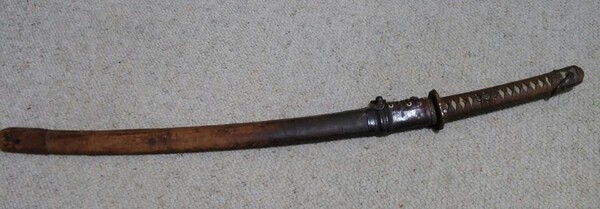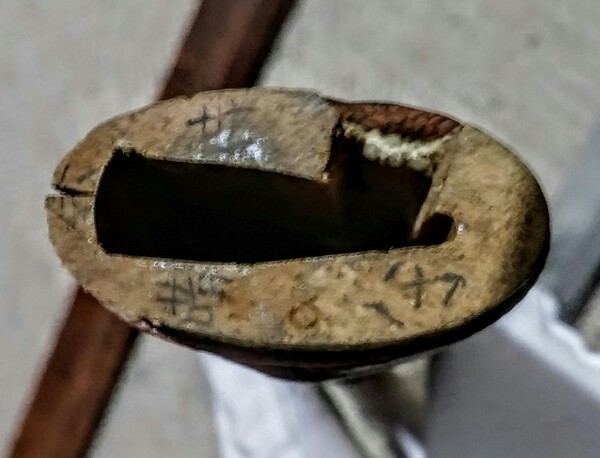Leaderboard
Popular Content
Showing content with the highest reputation on 03/10/2022 in all areas
-
3 points
-
2 points
-
2 points
-
Dear Bob. If only things were that simple! It is actually quite rare to find a sword and the koshirae that was originally made specifically for it. Given that we could be sure of the age of the tsuba then it still would not add anything to your knowlegdege of the blade as it is very common for koshirae to be replaced and/or modified throughout the swords life. Sometimes this is the result of changes made while the sword was still in Japan, sometimes later by dealers and collectors. It is very rare to find a koshirae of any great age though a tsuba from an earlier period added to a new sword is quite common. For what it's worth I have personally always thought of sanmai tsuba as earlier rather than later but I can provide no evidence to back up my hunch, perhaps others have a more informed view on this. Your best hope of getting some thoughts about the age of the blade would be to post some overall shots of the whole blade without any fittings in the Nihonto section. Given the condition the sugata is about all we have to go on as details of hamon and boshi will be hard to see. All the best.2 points
-
Thanks Morita san, gives me something to start with on research, greatly appreciated! Rich2 points
-
Thanks Uwe. I guess I am as accurate as Russian missiles. Will do Geraint, in a few days after I get to photo it. Cheers2 points
-
From: https://markussesko.com/2015/05/ ha-hada (刃肌): Last but not least I want to introduce the term ha-hada which is used, as the name suggests, to refer to a forging structure that is very visible in the hardened part of the cutting edge, in short in the hamon. The picture below shows a Ko-Hôki blade, a school where you always can expect to see ha-hada. In this context it must be said that the course, border, and/or appearance of the hamon is actually influenced by the “underlying” forging structure. That means a smith just can’t apply any kind of hamon to any kind of jigane, or at least the result will be very difficult to foresee if these two elements are not going hand in hand. The intention behind and control of the smith in the interplay between steel and hardening is actually a highly sophisticated subject and an important factor when it comes to draw conclusions on his skill and (artistic) aim. As mentioned before, it takes a while to comprehend what is natural and unaffected, what is an excellent recreation of naturalness, what is a decent try to do so, and what is just incoherent. And for this you have to hold the blade in hands, that means it is impossible or next to impossible to draw such conclusions on the basis of a few pictures. Also have a look at this but i cant make a list of where one should expect hahada and i also think it is to some degree depending on the polishers work.2 points
-
Hey Paul, A couple of things, where are you in Aus? Andrew is in Victoria and is fully traditionally trained Togishi, and a good bloke, so if you are local to him, may be an option … he’s very good at Kantei! On your last comment just be aware when they shorten a blade it will be from the tang up. A boshi will disappear generally due to damage in kissaki, and subsequent ‘restoration’.. no boshi = fatal flaw. Only really forgivable in truely old blades of historical significance (or if you don’t care ) … on the other hand, boshi that are ‘just hanging in there’ or much thinner than the rest of the hamon are quite common as the kissaki cops more punishment during a swords life and often needs more steel removed during polish to rectify damage .. Nakahara’s book, Facts and Fundamentals of Japanese swords has a few pages on this .. cheers Rich2 points
-
2 points
-
2 points
-
2 points
-
I know the owner of Evolution Blades well. They are definitely the best non-traditional option for serious martial arts use available today. They’re not cheap, but eventually if you are a serious student Hanwei/Paul Chen/etc. simply won’t cut it (no pun intended). As others have said, you should be able to assemble one for less than $3k as long as you don’t go crazy with the fittings. But the overall quality is excellent, including assembly and finishing. I strongly recommend these blades for those who cannot afford or do not want to use a shinsakuto. Evolution Blades can customize every aspect of the blade if you are qualified to make such decisions, and they offer a good variety of steels to choose from. Most “off the rack” factory made blades have extremely bad proportions and balance, making them a poor training tool.2 points
-
I don't think tracking jubi is realistic. Such papers were issued in quantity and the "missing objects" are those taken from shrines etc. by some members of occupation forces... which is limited to but a few cases of outright theft from important official institutions. Police was enforcing the new laws actively from 1946 with more or less uniform understanding that it does not concern historical swords not in gunto mounts especially so in any important collections, though there were numerous occasions when either police or occupation forces took posession of something they did not comprehend. What was always more interesting to me is a tremendous number of blades that stayed in Japan but purposefully lost connection to their Daimyo owners. Things you buy in Japan and then find in Shimazu sales catalogue or some comparable register. I would not say you discover its Jubi, in part as doing this would be quite difficult, but with a potential Daimyo property and knowing a general region, you have to search against 1000-2000 blades in published registers/catalogues and finding your blade there is realistic. So there was a substantial drive to sell the blades in 1950-1960 without confirming their origin. Most Daimyo families were quite stressed financially and while almost nothing from them went to the West, internally it was a huge market. Those can be thought of as "missing blades", yet the missing part was done on purpose.2 points
-
Close miss, Mark 😉 I can imagine “源正甫造” (Minamoto Masasuke tsukuru)….🤔, probably the Tosa guy around Tenpō (1830-1844)!2 points
-
2 points
-
1 point
-
1 point
-
Chris - you should have waited a bit till after the auction - now everyone will be after it! I have a saying "keep it quiet keep it cheap!" It is a remarkable piece and I am sure others have noticed it - I have put it in my 'Watch someone else buy it list'1 point
-
I am without the experience of most of you above but I remarked before here in the Tosogu section that I once read somewhere (but I just can't find or recall where) that sanmai tsuba were riveted and held by fukurin prior to about 1600 when the Dutch arrived and showed the Japanese how to use solder. Presumably after that date rivets were no longer used ? I didn't dream or imagine the information, I just can't verify it with a reference. Sorry about that. Roger j1 point
-
1 point
-
My take is that if its in good nie, its usually upper grade Soshu. It can be argued that you find it on chokuto etc, but that's too exotic. If its in nioi, you see it being revived by Shimada, and afterwords being used by shinto and shinshinto people.1 point
-
Hello, I am new to katchu section of this board, as my interest in Japanese armour just started to grow. Here are few pictures of my new purchase. Kabuto and menpo were not a set, I just took pictures together because I though they look good. I wonder what are your thoughts about them? Do you think that shikoro is original to hachi? Thank you in advance for all the input. Best regards, Krystian1 point
-
1 point
-
As expected, its hard to see in the pictures, but I can see some evidence of what you're talking about John! I've seen ha-hada in some blades in person before, but I've never managed to capture it on film (surprise). Upon looking over the photos again, that first one does a really good job of showing it! Bryce's also show it really well.1 point
-
Hi, Nice Makie Box,and Waka poems. I also do not keep books on lacquer artists. The signature says 黙宗 (Mokusō + kao)(?).1 point
-
Ah. Good link by Geraint. In response to the question: I don't know. The few I handled never had any sense of looseness or give to them. If with pitch or pins, they seemed secure sandwiches.1 point
-
IMHO, I don’t see yakidashi in Paul’s blade .. unless I’m missing ‘adding’ something I do see it in Bryce’s sword… Paul, Jervis bay .. tough place to hang out 😂… If you do decide to get into this fascinating subject , a couple of great books to start with would be the Nakahara mentioned before, and The connoisseur’s book of Japanese Swords by Nagayama. Rich1 point
-
Thanks ☺️. While I know this is definitely not an art sword, nor is it even of higher quality, I am very happy with my first Nihonto 😁.1 point
-
1 point
-
1 point
-
To be completely honest there was one person in shinto who tempered similarly and used yakidashi, but he is very rare and then boshi will be suguha. Assuming its not suguha (impossible to see on pictures) yakidashi I think would still point to Yokoyama Bizen. Who exactly would need to be details of the work, but I suspect its someone a bit lesser in the group, though still as good as most of them.1 point
-
1 point
-
At best it is one of the very poor quality Showato with "Horimono".1 point
-
1 point
-
Tom, this story reminded me of a collector I met who I know found some great swords that has been collecting since the 70's. I visited him and saw so...so....soooo very many swords. I call him sometimes just to talk and next time I ring him I'll ask him for some greatest finds compilation and share it here with his permission. Always wanted to film an interview with him....I'll see if he'd be interested.1 point
-
Thank you for posting this link. A million thanks to Markus for the writing/translations he's done, this article in particular and especially. Kind Regards, Franco1 point
-
1 point
-
1 point
-
You're going to have to be a bit more specific on what you're looking for! Papered vs not, mumei or signed, price range, length, shirasaya or combat mounts, etc.1 point
-
The same logo you depict above can also be seen on a sword that was auctioned recently down in Australia. Lot: 7291 point
-
Likely, indeed almost certainly a suraige blade, but still within regulation length, and a little long for "crew mounts". I have read elsewhere that Gunto no Soho put some emphasis of speed of draw, so my guess is it was shortened to facilitate that. It was in field mounts rather than formal ones after all. An online conversation about Gunto no Soho here. http://www.e-budo.com/archive/index.php/t-14638.html1 point
-
Hey guys, what are these swords worth? High quality fittings, gorgeous light-weight aluminum saya in combat cover with original leather laces. Fittings all original, a patina that screams ‘been there done that’. The blade is thick, chunky and in undamaged condition. A few milk spots and scratches, with a heavier patch of scratches near the kissaki on one side. Overall very good, you can easily see the hamon and grain like pattern. Got a lot of kanji on the tsuka too. No idea what they are...1 point
-
Been A collector for many - many years. Like many - many others been a lurker for many-many years.0 points
-
could not help myself against stating that Jim's article is exceptionally misleading on virtually every aspect it touches.0 points
-
My apologies, I must of skipped that bomb day in school and went on a ayahuasca retreat. Then again, the movie "The day after" scared me for life. I can't remember if it was the red wire, or the black wire needed to be cut.0 points









